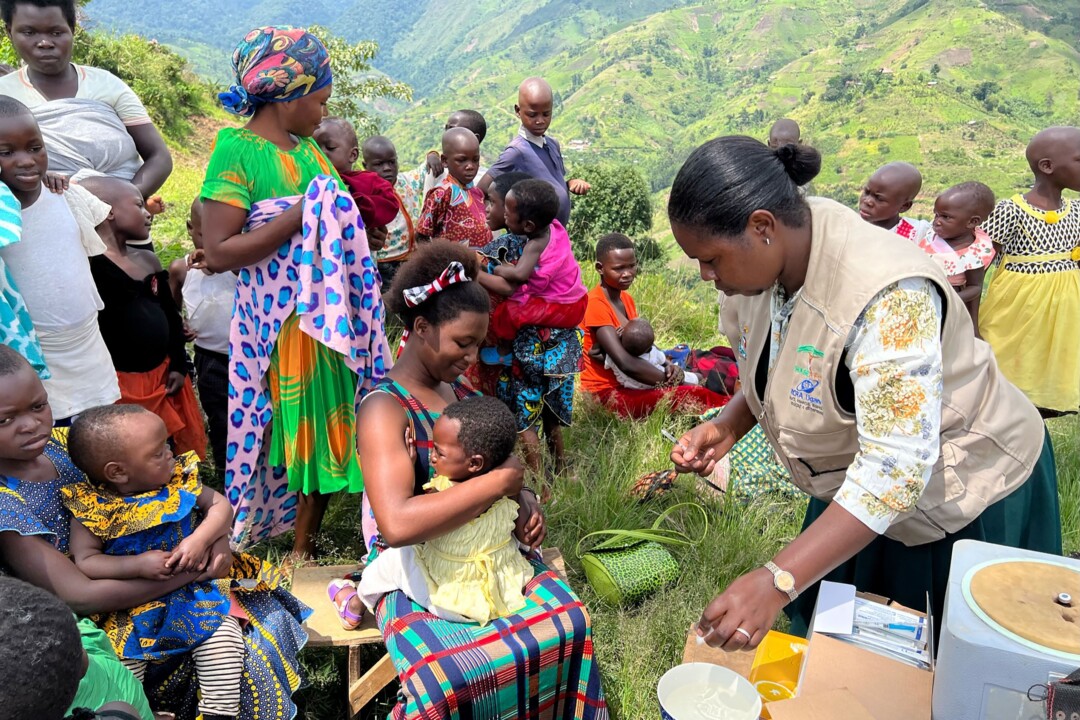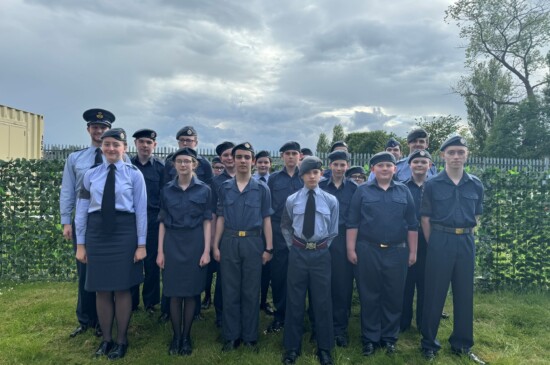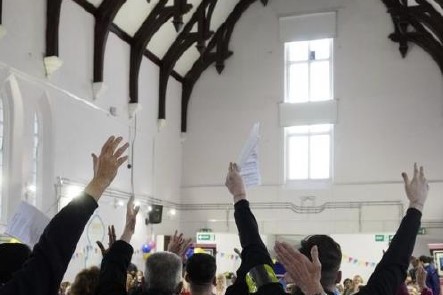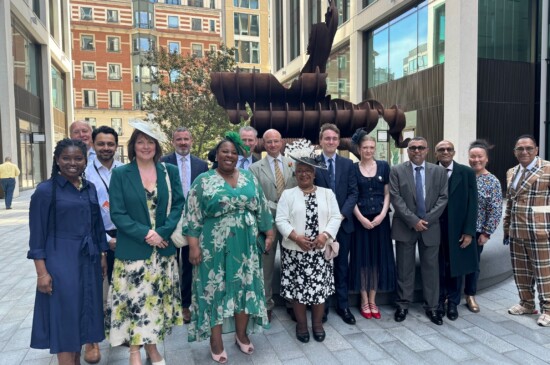
Guest blog: CHASE Africa’s work in Kenya and Uganda
- Health and Wellbeing
The Fund has supported CHASE Africa since 2018 through our small grants programme. CHASE Africa works in Kenya and Uganda to support community and ecosystem health. They work in fragile rural areas providing primary health care and give women the opportunity to have their children by choice not chance, by providing family planning services. Claire has been fundraising for CHASE Africa for many years and has written this reflective blog about her trip to see first-hand some of CHASE Africa's work.
On reflection of my trip, I realise that previously I had not fully comprehended the harshness of everyday life for the people in our project areas. My only previous experience of an African country was Zimbabwe 25 years ago, when the political position was relatively stable, and whilst people were undoubtedly short of resources, there was not severe drought, the landscape was quite green, and people seemed to manage. Admittedly, I probably wasn’t exposed to the worst deprivation in Zimbabwe, and I wasn’t aware if there were difficulties with access to healthcare.
Perhaps having had a good experience in one African country, I was somewhat blinded to the extreme realities in CHASE’s project areas. Although I’ve heard many stories and read the words about the communities in our project areas, I interpreted the descriptions I received through a rose-tinted lens. This trip helped me to see the reality without that filter. It’s a really hard, uncomfortable and desperate life.
There are few options or opportunities for relief. I don’t know if other people (funders) are able to accurately see the truth through the words and pictures we use to communicate our work, but my worry is that the impact of the projects is not fully appreciated or understood by potential donors through our communications. For the past 9 years, even working in this field, I’ve not really realised it myself. I see the challenge being to accurately convey to potential donors how difficult daily living is for the people our partners reach, and the reasons why their life is so hard, and to get across a true picture of the difference a donation could make.
Pictures of Maasai people in their finest clothes, with their beautiful jewellery, can be deceptive. The viewer of the picture can’t feel the heat of the sun, the wind, and the dust. They don’t feel sweaty and thirsty, with no water to wash with or to guzzle and quench their thirst. They can’t feel what it’s like when a mother is dealing with those conditions, and then she goes into labour and delivers a baby, into an unsterile, dusty homestead. How would you clean the baby? How would the mother clean herself up with very little (possible unclean) water. How would the mother produce milk for her infant, without herself having sufficient water or food? How does the mother heal if she suffers ruptures or tears during the birth? How does she keep clean and avoid infection? If there are complications during the delivery a TBA is very limited in their ability to help.
Aside from delivering babies, if a person feels unwell, perhaps with a headache and feeling feverish and achy, they have very limited options. To wait and just hope they get better, perhaps consult some sort of traditional/natural healer, or to walk to the nearest health facility which may be 20 km away, in the heat and the wind, and hope that the facility has some medicine there that will help. It could be a wasted journey. Either way, they still have to walk home again. It’s no wonder people are desperate for more accessible healthcare. And it’s no wonder women do not want to become pregnant very often. If a woman manages to survive the pregnancy and birth, and manages to breast feed for a while, the family then needs to source food and water for another mouth. The ground is so dusty and dry, that without a local source of water there is no potential for the household to grow their own food, but without local farms or any other industry, what work can be found to earn money to buy food?
It is clear why some communities rely on pastoralism. But then, during severe drought, livestock die, and the family’s wealth and livelihood is eroded. These are people whose hands are largely tied by their circumstances. Only a few will be fortunate enough to find a way out of it. At least if people are healthy and can engage in productive activities, there is a glimmer of hope. I remember myself once becoming quite anaemic and I had no energy to do anything. Many in rural Kenya, particularly following drought, are malnourished. How can someone improve their living situation when even standing up is exhausting? The local communities are undoubtedly better at coping with all these issues than the average westerner would be, and they have ways and means to survive, but even the toughest, most ingenious and innovative people can only thrive to the extent of the resources available to them.
Case stories are critical. We need to describe exactly what everyday life is like for someone living in the communities where our partners work.


